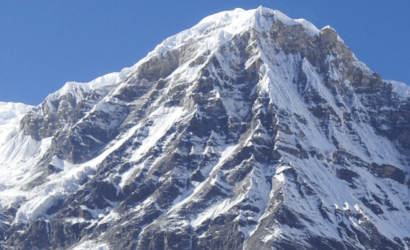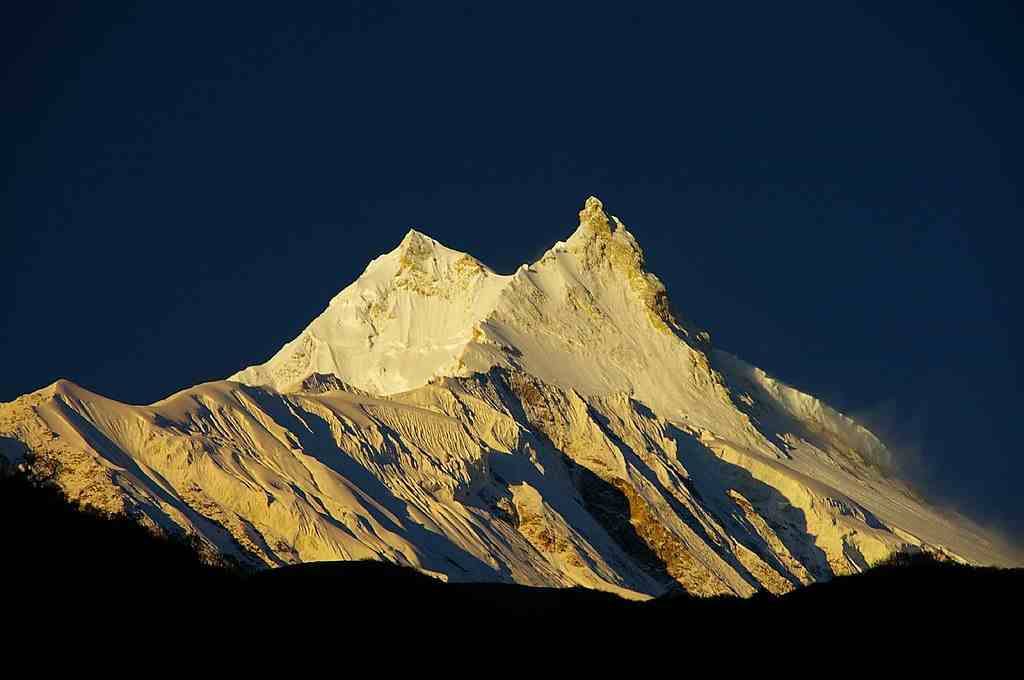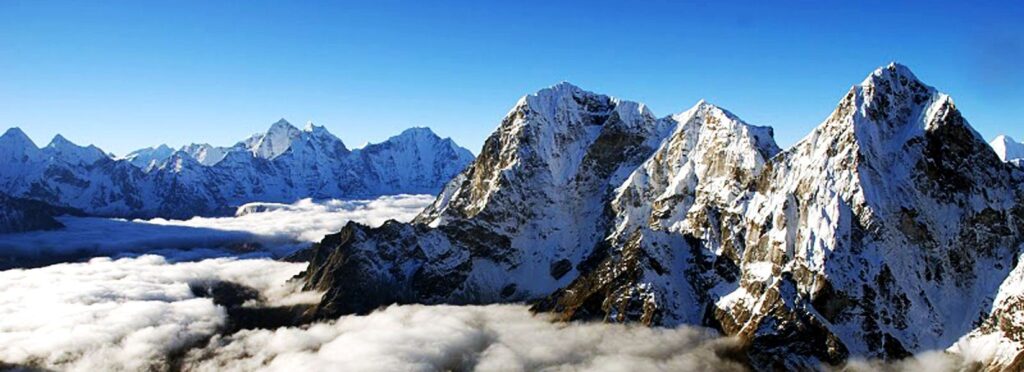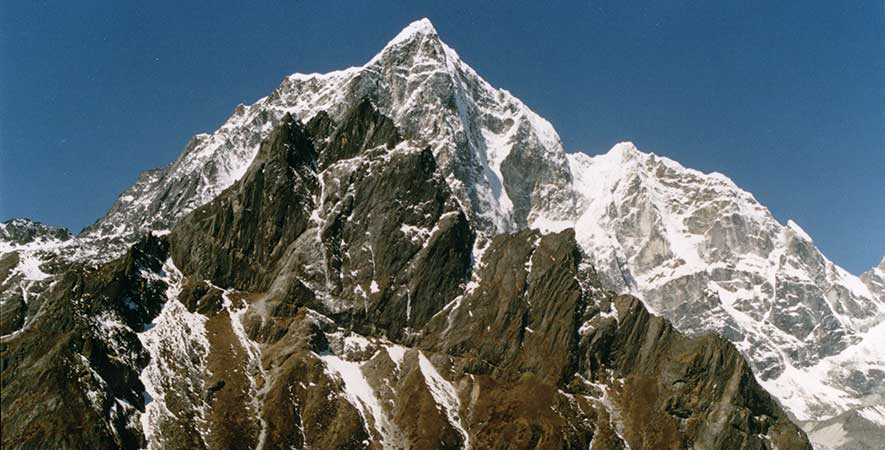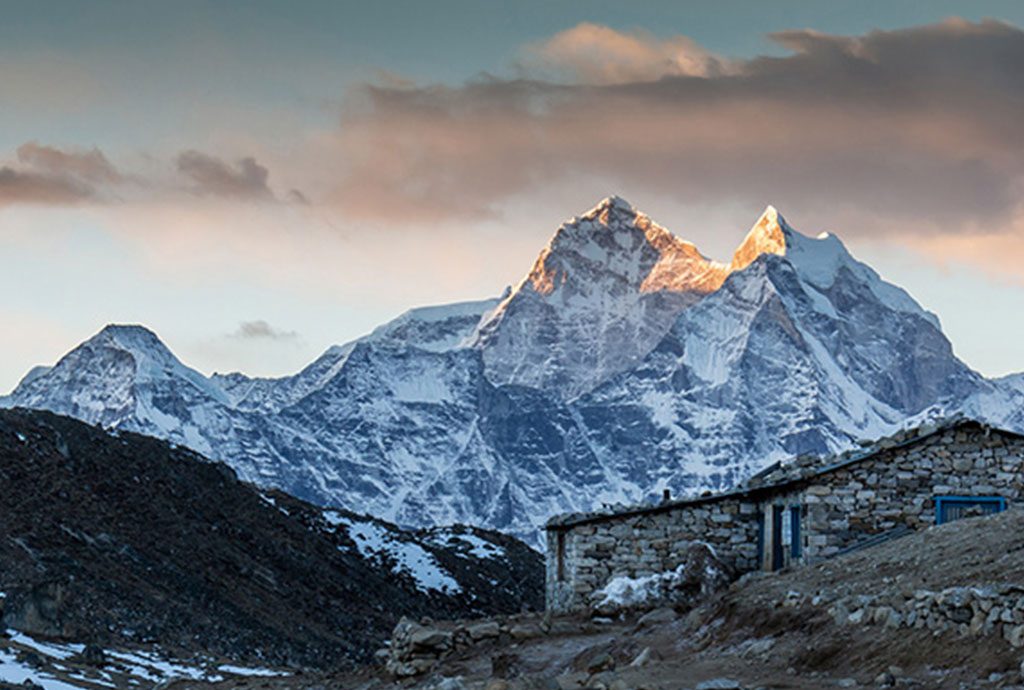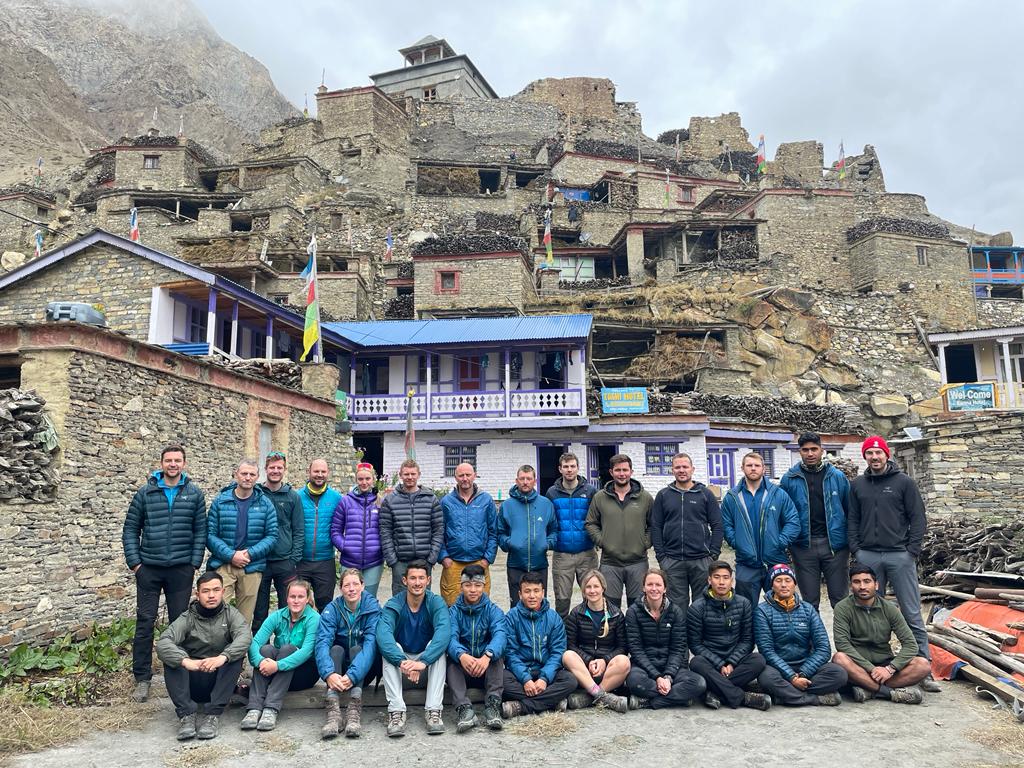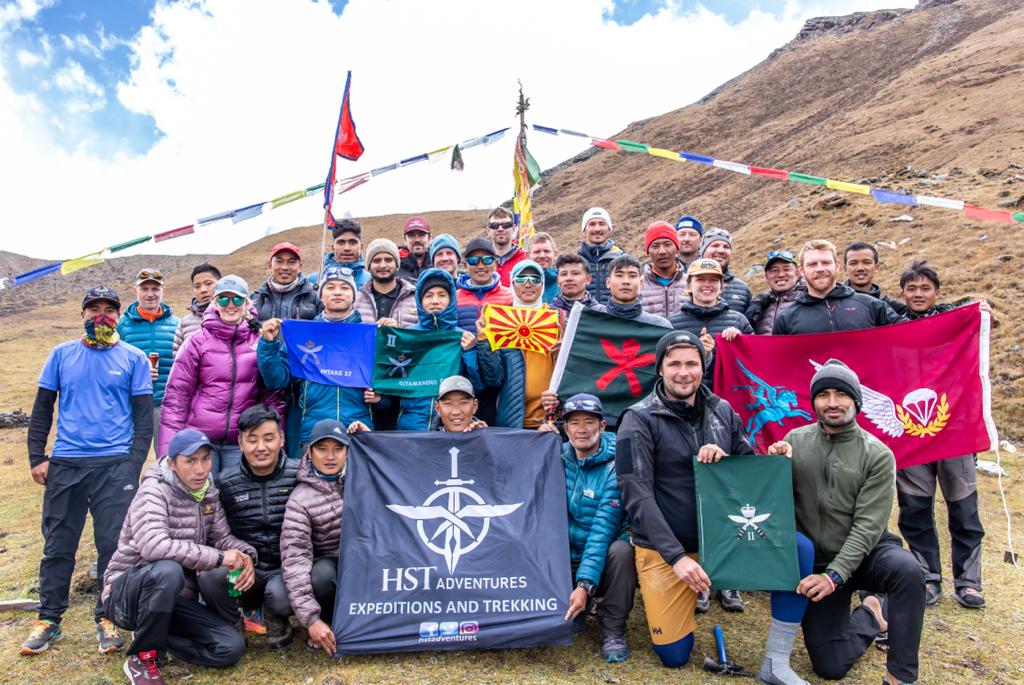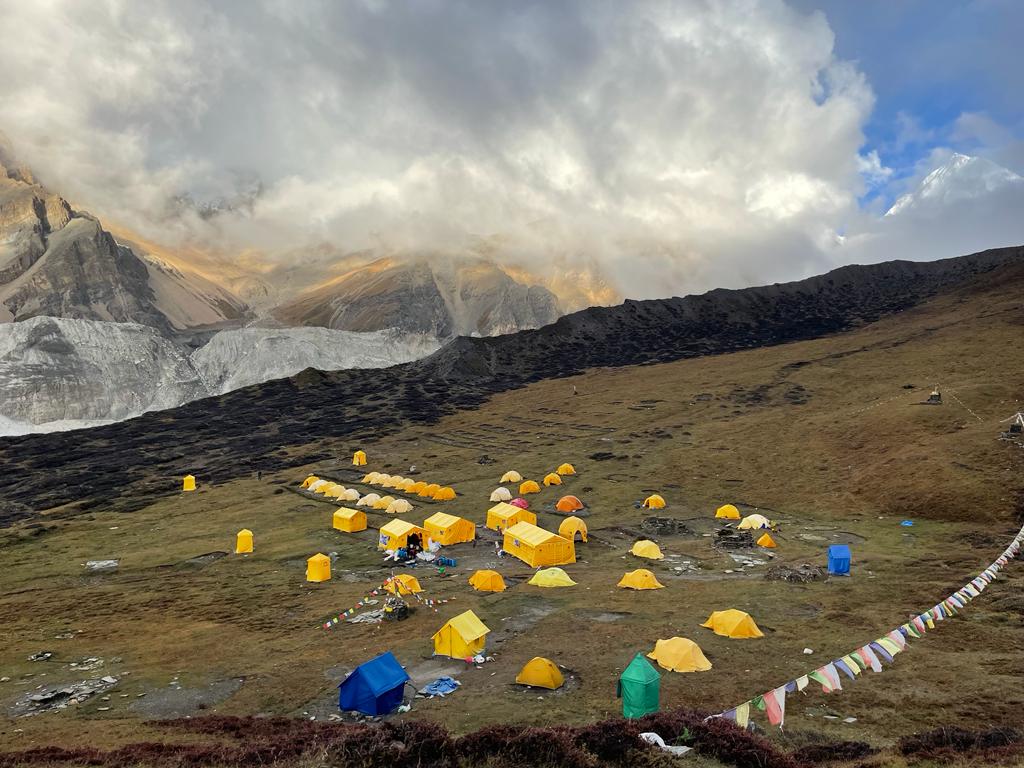If you are an avid adventurer and looking to explore the Himalayas beyond the usual routes, Mera Peak climbing could be the perfect challenge for you. Situated in the Khumbu region of Nepal, Mera Peak stands at an altitude of 6,476 meters (21,246 feet) and offers breathtaking views of the surrounding peaks, including Mount Everest.
Climbing Mera Peak is a thrilling adventure that offers a unique perspective on the Himalayas. With proper planning, preparation, and a sense of adventure, anyone with a good level of fitness and some basic mountaineering skills can attempt this climb. Join a reputable guide or climbing agency, and start your journey to conquer Mera Peak today!
Overview
Climbing Mera Peak requires excellent physical fitness, as it involves long days of hiking and ascending steep slopes at high altitudes. Proper acclimatization and conditioning are crucial to ensure a successful climb.
Although Mera Peak is not as technically challenging as some of the other peaks in the region, it does require some basic mountaineering skills, including the use of crampons and ice axes, rope management, and glacier travel.
The Mera Peak climbing route takes you through scenic forests, alpine meadows, and high altitude passes, offering stunning views of the Himalayan landscape.
The region is also rich in cultural heritage, with opportunities to visit traditional Sherpa villages, monasteries, and other cultural landmarks.
As with any mountain expedition, weather plays a crucial role in the success of the climb. It’s essential to plan your expedition during the best season for climbing, typically between September and November or March and May.


